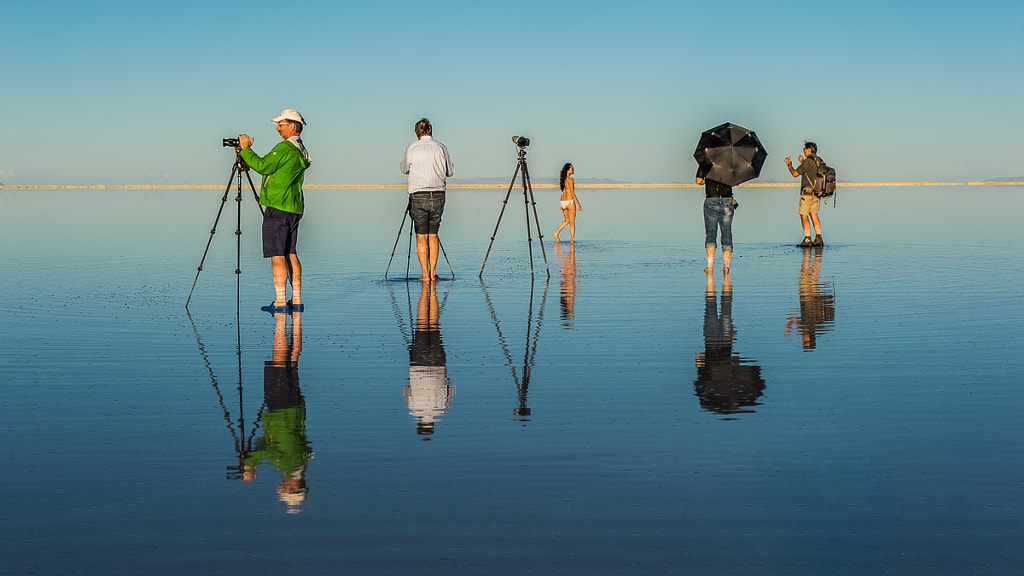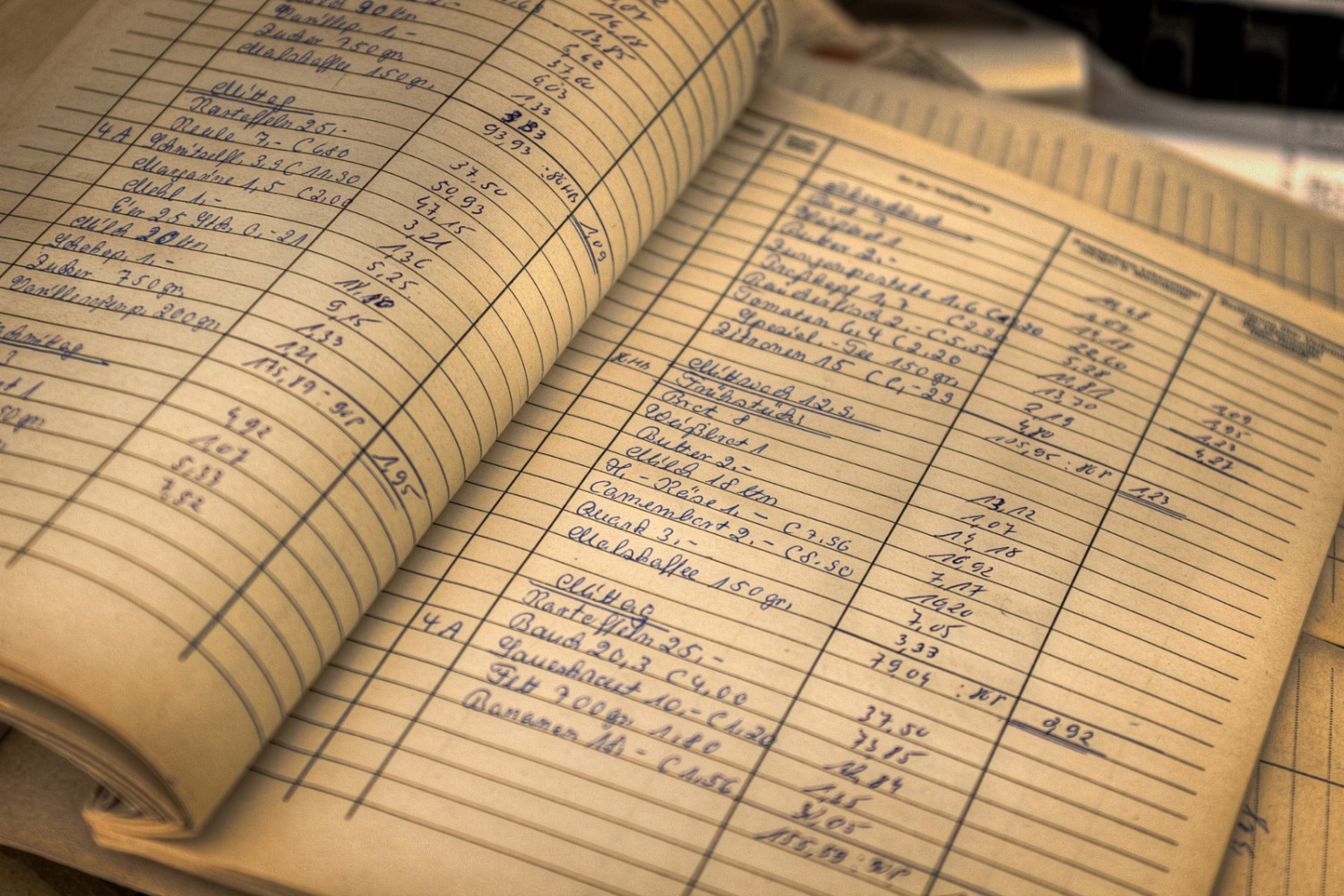The life of a professional photographer is defined, in part, by the once-in-a-lifetime moments: the trips to faraway places, the collaborations with stylists and other artists, and the chance to work with inspiring brands. But behind every exciting moment are countless not-so-exciting moments: the travel logistics, the gear rentals, the invoices, the bills, and perhaps most importantly, the bookkeeping.
Bookkeeping is essential for running a sustainable freelance photography business, tracking your success, knowing your budget, and setting manageable, realistic goalposts. It’s also relatively manageable, whether you’re outsourcing to a pro or doing things yourself. All it takes is a little know-how and a lot of consistency.
Disclaimer: We are not offering any financial or tax advice! For tax or financial advice, consult a CPA or financial advisor.
What is bookkeeping?
Bookkeeping entails the recording, organizing, and storing of all your business transactions, including but not limited to: your bills, receipts, bank statements, purchase orders, invoices, and taxes. Depending on your business, your bookkeeping could encompass payments from clients for photoshoots, print sales, expenses such as studio space and gear, travel costs, and more.
In general, you have two options: single-entry (cash-based) bookkeeping, where you enter every transaction (revenue or expenses) once, and double-entry bookkeeping, where each transaction is recorded twice—as a credit in one account and as a debit in another account.
The foundation of double-entry bookkeeping is the accounting equation: Assets = Liabilities + Equity. In a general ledger, used for double-entry bookkeeping, you’ll have (at least) five basic accounts: assets, liabilities, revenues, expenses, and owner’s equity. Assets are what you own, and liabilities are what you owe.
When money comes into an asset or expense account, it’s called “debiting”; when it goes out of an asset or expense account, that’s “crediting.” Conversely, when you debit a liability, equity, or revenue account, it decreases; when you credit a liability, equity, or revenue account, it increases.
In double-entry bookkeeping, every transaction is recorded as a credit and a debit of equal amounts, with debits on the left and credits on the right. When your debits and credits are equal, your books are “balanced.”
For example, let’s say you pay $20 for a monthly photo editing software subscription: you’d debit your expense account $20 and credit your cash (asset) account $20. Or let’s say a client pays you $1,500 for a photoshoot. In that case, you’d debit your cash account $1,500 and credit your revenue account $1,500.
Single-entry bookkeeping can work for some solopreneurs/freelancers if they plan to stay small, but double-entry is more accurate and therefore your best bet if you have more complex needs, including a staff. If you want to go with the single-entry method, an Excel spreadsheet is all you need. Use it to record every transaction involving your business, and then keep your supporting documents on file (more on this later). In many cases, that will be enough come tax season.
For small businesses, there are tons of software options available to make the bookkeeping process easier and keep everything organized in one place, such as QuickBooks or Xero (for double-entry). These tools do have a bit of a learning curve, as you need to know the basics of bookkeeping. But they can provide you with a better understanding of your business’s finances and make your daily life much easier. QuickBooks, for example, offers features that allow you to automate invoices, send payment reminders, and save photos of your receipts for easy access.
All of this information can later be used by your CPA (certified public accountant) to interpret your finances and guide you on best practices going forward.
Hire a pro or do-it-yourself?
Bookkeeping is just one piece of the larger accounting puzzle for any small business. Many photographers hire a professional bookkeeper to help along the way, but some opt to do it themselves. If you choose the latter, you must have a thorough understanding of tax codes (local and federal) and impeccable organizational skills. You can find a plethora of online courses covering the basics, so it’s worth doing your research and learning the essentials.
Outsourcing this part of your business can save you time and hassle in the long run. Tools like Bench make it easier than ever to find bookkeepers that suit your business and budget. You can also ask colleagues and fellow photographers for recommendations. Good bookkeepers are collaborative; they’ll work with you as you grow. Plus, you can always consult a pro to help you develop a strategy, which you then implement yourself on a daily basis.
A quick note: All accountants can do bookkeeping, but not all bookkeepers are certified accountants. Hiring an accountant to do your bookkeeping is likely to cost more than hiring a junior bookkeeper (sometimes much more). Also, keep in mind that even if you do your bookkeeping yourself, you might still want to hire a CPA to prepare for tax season and guide you through some small business tips. But the better your bookkeeping, the easier their job will be.
Bookkeeping tips for freelance photographers
Tip #1: Separate your personal and professional finances
Mixing your personal finances with your business finances can cause confusion and mishaps, so keep everything separate by maintaining different checking accounts and/or credit cards.
Tip #2: Keep all of your supporting documents
Your documents include all receipts, client invoices, bills, bank statements, loans, tax returns, and more. For photographers, receipts can include everything from your photo editing software subscription to digital marketing tools. Always keep these documents, whether you store them physically or digitally using a tool like Evernote.
Organizing documents chronologically by date will make things simpler and help you avoid mistakes. As a general rule, you’ll want to keep them for eight years. You’ll need them if you’re ever audited.
Tip #3: Stay current
Avoid the temptation to get everything in order at the last minute before tax season; proper bookkeeping year-round will reduce stress and ensure accuracy. DIYing might cost you less money, but it’ll cost you a lot in terms of time. Consider setting aside one day per week for bookkeeping tasks. If you find yourself unable to carve out that time on a regular basis, it might be time to hire a pro.
Tip #4: Use your financial information to your advantage
Finally, make time to sit down at least once a month to go over all your expenses and income. That information will prove essential when planning for the future, whether you’re deciding when you’ll have the funds to invest in new gear or making changes to things that aren’t working (like an expense that isn’t worth it).
Bookkeeping isn’t just for tax season, although it certainly helps when the time comes for that. For photographers, regular, consistent bookkeeping is the key to understanding your business from the inside out. For that reason, it’s something you should always be involved in, at least in some capacity, whether you’re tackling it on your own or working closely with a professional who can educate you on best practices, share entrepreneur tips, and steer you in the right direction.
Not on 500px yet? Sign up here to explore more impactful photography.














Leave a reply